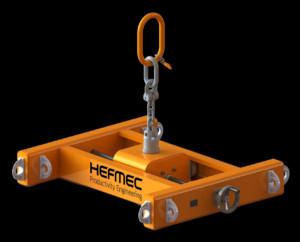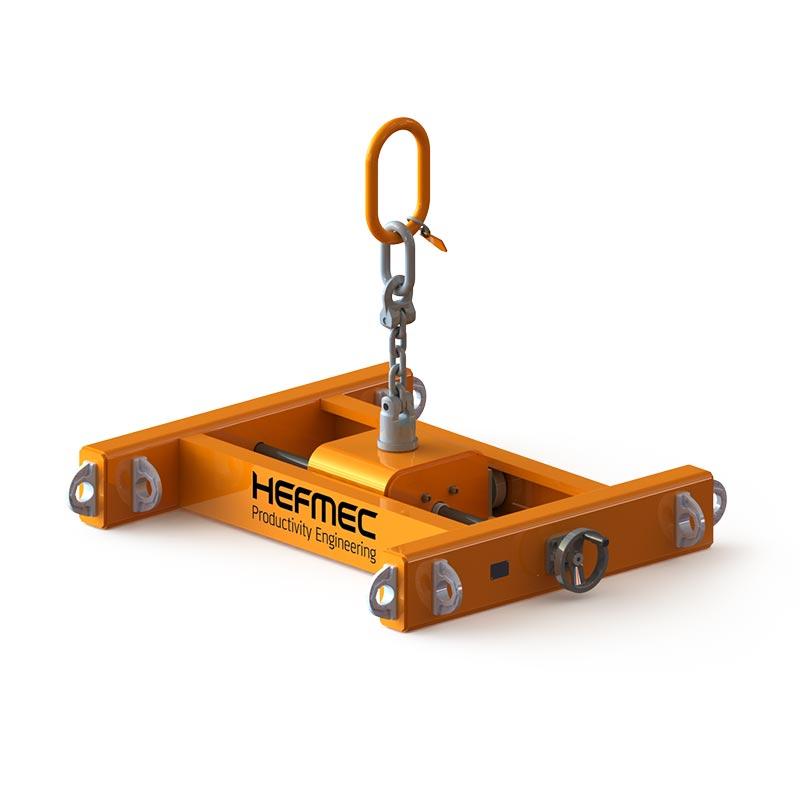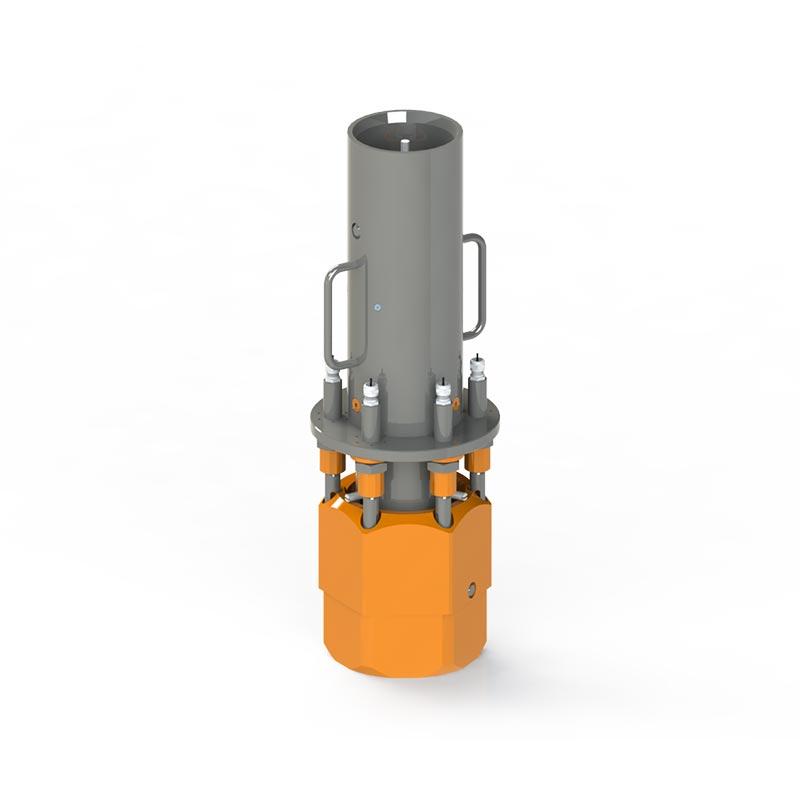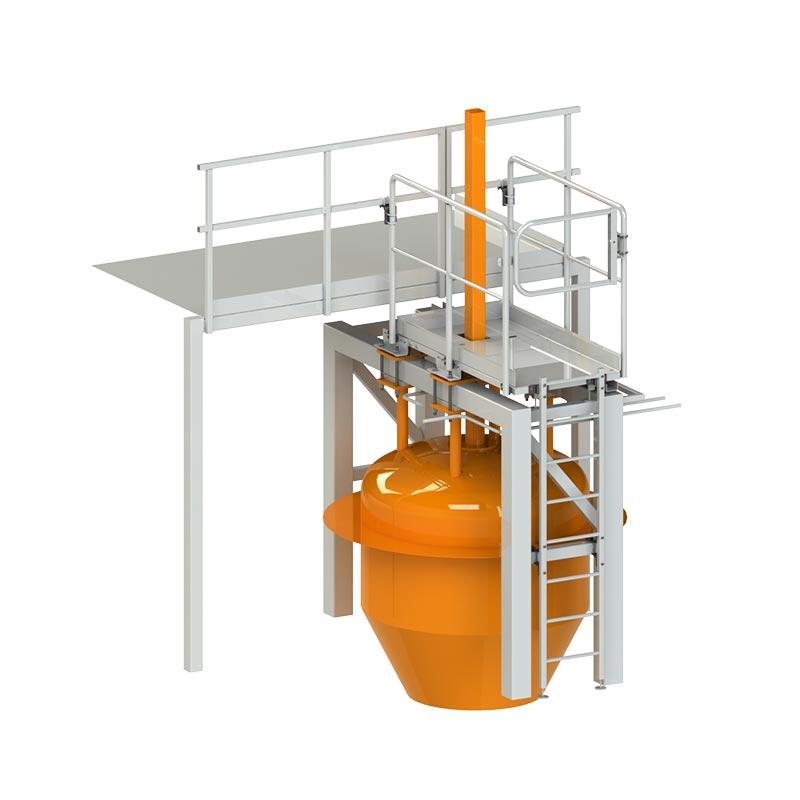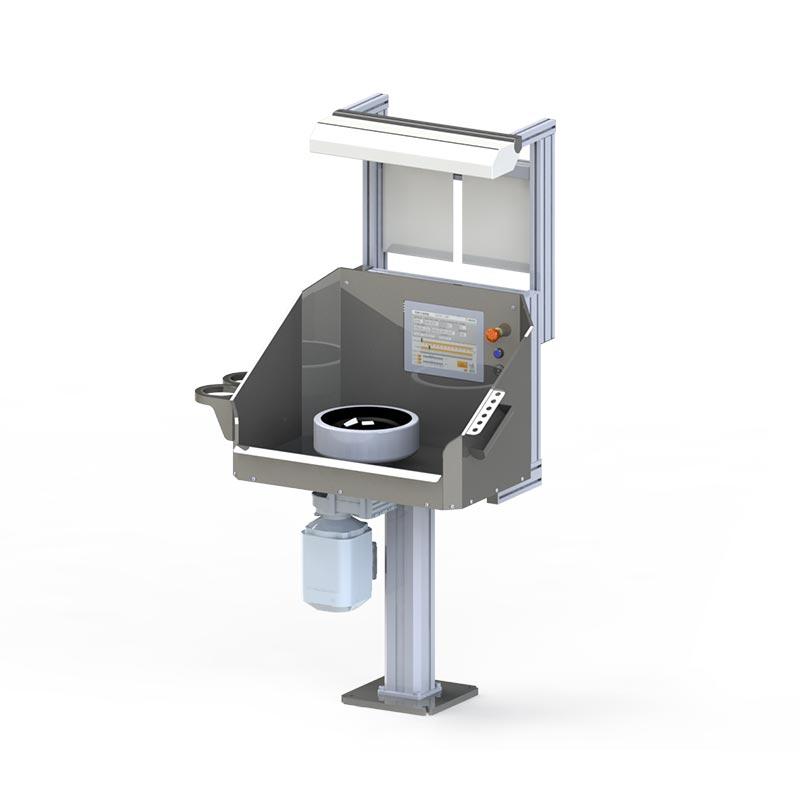Strength calculation should be integrated into the product development process as early as possible, ideally at the concept stage. Early strength calculations help to identify structural problems before designs get too far ahead, saving significant time and resources. Properly carried out strength calculations ensure that the product is both safe and cost-effective. Hefmec’s experienced professionals provide accurate and reliable strength calculations at all stages of product development, ensuring optimal solutions for every project.
Why is strength calculation a critical part of product development?
Strength calculation is a vital element in product development, ensuring the durability, safety and reliability of the structures designed. Without proper strength calculations, products can fail in service, cause hazardous situations or lead to costly warranty repairs and reputational damage.
The mechanical resistance of a product is a fundamental quality factor, especially in mechanical engineering and technical design. Strength calculations ensure that structures can withstand the forces and stresses to which they are subjected throughout their design life. This is particularly important in safety-critical applications where failure of a structure can have serious consequences.
The Hefmec engineering team specialises in solving demanding manufacturing engineering problems using advanced strength calculation methods. Our experience covers a wide range of industries where durability and safety are key. Our experienced professionals – engineers and graduate engineers – combine in-depth theoretical knowledge with practical experience to provide reliable solutions for the most demanding mechanical engineering projects.
In modern product development, strength calculations also help to optimise the use of materials, leading to more durable and cost-effective products. We can use calculations to minimise the amount of material used without compromising product reliability or safety. Such accurate sizing is an essential part of a responsible and economically sound design process.
At what stage of product development should the strength calculation start?
Strength calculations should start as early as possible in the product development process, preferably at the concept stage. Early integration allows potential structural problems to be identified and solved before the design process has progressed too far, making changes much more costly and time-consuming.
Preliminary strength calculations carried out at the design stage help to assess the performance and durability of different structural solutions. This guides design decisions towards optimal solutions from the outset. As the design progresses, the strength calculations are refined and extended to cover increasingly detailed structural considerations.
Hefmec’s approach emphasises the integration of strength calculations at every stage of product development. Our agile working methods allow us to start strength calculations at short notice, providing expert resources exactly when you need them. This significantly speeds up the product development process, as potential problems are quickly identified and solved.
Although strength calculations should be started as early as possible, they are also useful in the later stages of product development. Accurate analysis during the prototyping phase can reveal unexpected stress concentrations or other structural weaknesses that can be corrected before the product is launched. This iterative approach ensures that the final product is both safe and cost-effective.
Strength calculation is also an essential part of the CE marking process, which requires documented evidence of product safety. Hefmec experts help customers meet these requirements by providing in-depth strength calculations and comprehensive CE documentation.
What different strength calculation methods can be used in product development?
Product development can make use of a number of different strength calculation methods, of which Finite Element Method (FEM) analysis is currently one of the most widely used and effective tools for analysing complex structures. The choice of method depends on the complexity of the product, the requirements for analytical accuracy and the time and resources available.
FEM analysis allows complex structures to be modelled and analysed by computer. In this method, the structure is divided into small elements whose behaviour can be simulated under different loading conditions. Hefmec experts use advanced FEM tools to perform both linear and non-linear analyses. With fast and efficient FEM analysis, we ensure the safety and durability of structures from the very beginning of the design process.
Analytical calculation is another important method, based on mathematical formulae and the fundamentals of materials science. This method is particularly suitable for simpler structures and preliminary calculations. The advantage of analytical calculation is its speed and straightforwardness, which allows it to be used effectively in the early stages of product development.
Practical testing complements computational methods by providing concrete data on the actual behaviour of prototypes and finished products. Testing can be used to validate computational models and ensure that they match reality. Hefmec experts can interpret the test results and apply them to refine computational models.
Dynamic analysis is essential for products that are subjected to varying loads, vibrations or impacts. This method can be used, for example, to model resonance phenomena and fatigue loads, which are critical in many mechanical engineering applications.
The Hefmec strength calculation team is proficient in all these methods and can choose the most appropriate approach for each situation. We combine different methods as required, enabling accurate and reliable analyses of even the most complex structures. Our experts communicate the results clearly and offer concrete recommendations for modifications or redesign the structure to meet the requirements.
How does the strength calculation affect the final cost of the product?
A properly carried out strength calculation has a significant impact on the final cost of the product, in most cases reducing the overall cost significantly. Although the strength calculation itself is an investment, the benefits are reflected in savings on materials, manufacturing and maintenance throughout the life cycle of the product.
Optimisation of materials is one of the key economic benefits of strength calculation. Accurate analysis allows structures to be sized just right – neither too stiff nor too weak. This reduces material costs and makes structures lighter, which can bring significant savings, especially in mass production. Hefmec experts know how to optimise structures in a technically and economically sound way.
Avoiding oversizing is particularly important in projects where cost pressures are high. Without accurate strength calculations, designers are often forced to oversize structures to be on the safe side, leading to unnecessary material and manufacturing costs. Accurate calculations can help determine the optimum structure that meets all requirements without additional costs.
Extending the life cycle of a product is a major source of cost savings. When properly sized, structures last longer and require less maintenance. This reduces lifecycle costs and improves customer satisfaction. Hefmec’s goal is always to deliver solutions that will continue to improve productivity in the future.
Minimising warranty costs is a direct consequence of reliable strength calculations. Once a product has been thoroughly analysed and tested, the risk of structural failure in service is significantly reduced. This reduces the costs associated with warranty repairs and product liability and protects the company’s reputation. Hefmec’s strong expertise allows it to offer a lifetime warranty on many of its products.
Faster market access is also a major economic benefit. Efficient strength calculation reduces the number of prototypes and speeds up the product development process. When agile players like Hefmec talk in days while others talk in months, this time saving means faster time to revenue and a competitive advantage in the market.
What are the benefits of a timely strength calculation?
Timely strength calculations provide a number of significant benefits, the most important of which is the prevention of design errors. By integrating strength calculation into the product development process from the outset, potential problems are identified and resolved before they cause costly delays or the need for redesign.
Reducing product development time is one of the key benefits of timely strength calculations. When structural analyses are carried out early in the design process, time-consuming subsequent repairs and modifications are avoided. Hefmec’s agile working methods and open culture allow for rapid implementation of strength calculations, speeding up the entire product development process. While others talk about months, we talk about days.
Enabling innovative solutions is another important benefit. A thorough strength calculation helps to identify which innovative solutions are feasible and which are not. This encourages creative problem solving and enables safe testing of novel approaches. Hefmec’s experts are able to solve the most demanding industrial production problems and apply the latest methods.
Achieving a competitive advantage in the market is based on the certainty of product quality and durability that strength calculations provide. Once a product has been thoroughly analysed and tested, its reliability and durability will set it apart from the competition. Hefmec customers can be confident that their products are technically and economically correct.
The optimal strength calculation process starts from the early stages of a project and continues throughout the product development. This process includes the following steps:
- Requirements definition and load mapping
- Preliminary strength calculation at the concept stage
- More detailed FEM analysis as the design progresses
- Prototype testing and calculation validation
- Final analysis and documentation
The Hefmec strength calculation team is made up of experienced professionals who are masters of both linear and non-linear strength calculations. Our team draws on a wide range of in-house expertise to ensure accurate and reliable structural analysis. This enables us to deliver optimal and cost-effective solutions to our clients’ needs quickly and reliably.
By combining timely strength calculations with our agile working methods, we can offer our customers unparalleled certainty and safety. When Hefmec takes on a project, the customer can rely on us to take full responsibility for our work and deliver solutions that are both technically and economically optimised.


